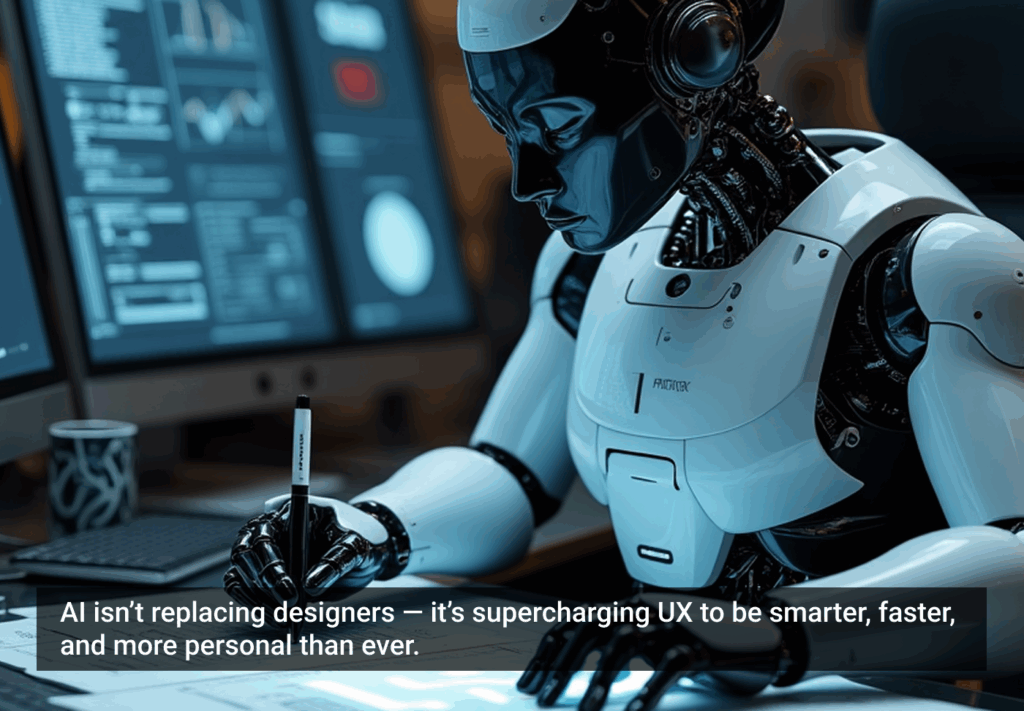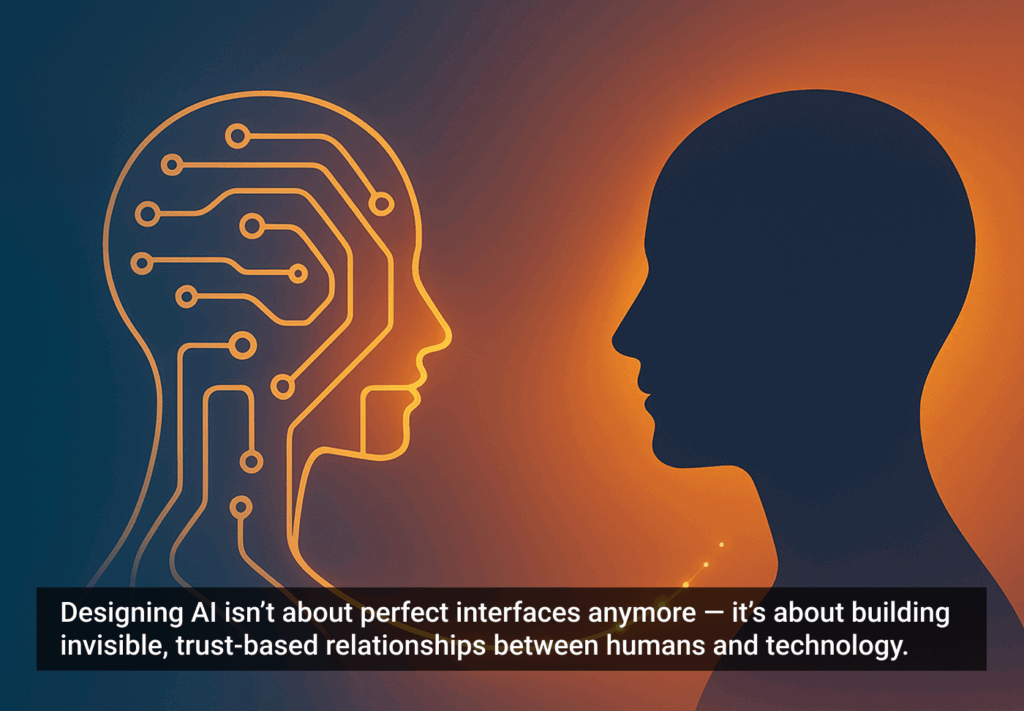Eight years ago, while working at SAP, I overheard someone say our products needed to be “sexier.” I remember cringing. Fast-forward to today, and the lingo hasn’t changed much. As a consultant for many enterprise customers, I still hear clients asking for ways they can make their products “sexier … like Apple.”
You can’t blame them, right? For many business leaders, the success of Apple validates the need to invest in design. But where companies falter is in understanding that Apple’s sex appeal has less to do with the brushed aluminum and curvy edges. It’s more about a sleek and effortless experience that provokes a feeling of extreme aptitude with their highly personalized consumer gadget. Apple design chief Jony Ive said it best: “Sexy products aren’t a fancy package, a great looking banner, or a slick button. They’re about wowing the customer.”
The question enterprise technology companies need to ask themselves is “what does sexy mean to your enterprise customer?” Put another way, how do your customers want to feel when using your products?
Every product, whether we realize it or not, produces an emotional reaction. As Donald Norman articulated in his seminal book Emotional Design, customers find aesthetically pleasing products more effective. Customers even “love” these products. Norman identified the commercial value in evoking some passion towards products, such as Gucci bags and Rolex watches. MailChimp’s Director of User Experince, Aarron Walter, took this one step further with his book, Designing for Emotion. He posits that the goal of emotional design is to connect with users and evoke positive emotions, which will make your users want to continue interacting with your product. MailChimp’s website brings a delightful interface to what is essentially just an email marketing service.
In the tech world we’ve seen lots of unsuccessful, marketing-driven attempts to redress products. I once worked with a major banking client to change their homepage to look “more Web 2.0.” They added Flash, cartoonish fonts, and Clippy-inspired animation. Fortunately we convinced them to test the design before release. It did not perform well and we avoided disaster. But that day we learned a good lesson: pretty colors and Web 2.0 aren’t sexy to your average online banking customer.
If sexy isn’t the right emotion, how do your customers want to feel?
All of this is not to say that enterprise software can’t be sexy. We’ve seen Box.net build a billion-dollar cloud computing company on the premise that “enterprise software is sexy.” Intuit’s Mint.com and 37Signals’ Basecamp are decidedly sexy experiences for otherwise mundane actions. Note, however, that there’s an enormous difference between making your brand sexy and making your experience slick and effortless.
So if sexy isn’t the right emotion, how do your customers want to feel? At EchoUser, we’ve collectively spent thousands of hours engaging with enterprise customers to understand their experience with our clients’ products. Most of this feedback can be grouped in seven buckets:
The 7 Most Common Emotional States of Enterprise Customers
1. Control: Your customer wants to feel like he or she knows how to use your product well—after all, it’s their job to use your products to maximize performance. Easter eggs and super secret keyboard shortcuts are a fun way for consumer products to add delight to the user experience, but enterprise customers don’t necessarily like to be surprised, even if its by good things. The same goes for releasing updates too quickly—do you know how long it usually takes for an enterprise to update its software?
2. Powerful: For a lot of enterprise customers we talk to, their sense of value is highly correlated to how well they do their jobs. This is dependent on how powerful they feel with their tools. That’s usually why enterprise customers tend to put in more effort to learn how to use their tools well and will put up with more crap—the payoff is worth it.
3. Trust: Lay off on the fun promises and overly casual jargon. At the end of the day, enterprise customers want to feel like they can trust your product to do their jobs well and protect their data. Basecamp has a no-frills look and feel, which is exactly what you want from project management software.
4. Flexible: Like any good product, users want to feel like they can do anything with it. They can make the tool do whatever their minds can think of. Even better if they can think of ways to use it that others have not. The best enterprise tools allow a higher purpose to be reached, like paints and brushes do for an artist.
5. Calm: These users already are dealing with complex or difficult situations. The last thing they need is for their tool to add to their stress. Keep your UI simple and calming, avoid the bright colors and unexpected experiences.
6. Pride: A well-designed tool is something people are proud to use and are happy to evangelize if it really helps them accomplish their goals. That isn’t to say you can ignore UI. So many of the enterprise tools that I see out there just look terrible, and in interviewing their users you get a sense that they’re embarrassed to show the tool because it looks so dated.
7. Accomplished: At the end of the day, your average enterprise customer wants to be able to use your product to do their job well. Intuit’s Mint, though certainly not exclusive to enterprise users, does this well by combining an elegant interface with a product that works. Period. Salesforce has its limitations but most enterprise sales teams can’t imagine life without it. A good enterprise product helps me accomplish my goals. Is that sexy? Or is it just a good product?
Conclusion
As we continue to see the consumerization of enterprise software, it’s important to think about how your customer wants to feel when using your product, not just what features they want. People are highly dependent on integrated systems and want to feel confident those connected systems will work as expected, so they can feel a strong sense of achievement when completing their own work.
Is there room for “sexy” in the enterprise? Maybe, but the first step is understanding what sexy really means to your customer.
Image of sex selling courtesy Shutterstock.







